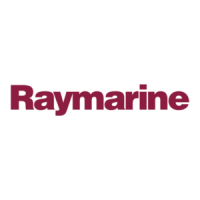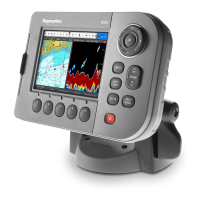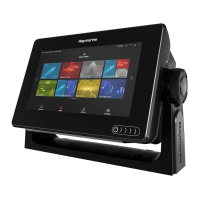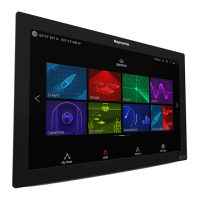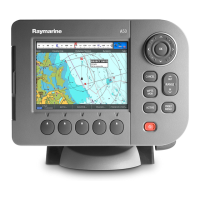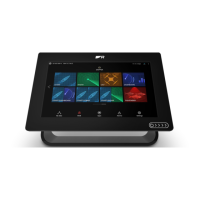N
Nicholas HaynesSep 1, 2025
Why isn't the touchscreen working on my Raymarine Marine Equipment?
- CChristopher TurnerSep 2, 2025
If the touchscreen on your Raymarine Marine Equipment does not operate as expected, ensure that the touch lock is disabled. The touch lock can be turned off on the home screen using the Joystick. Also, make sure you are operating the screen with bare fingers, as gloves may prevent correct operation. Calibrate the touchscreen using the setup menus. If there are saltwater deposits on the screen, carefully clean and dry the screen according to the provided instructions.
